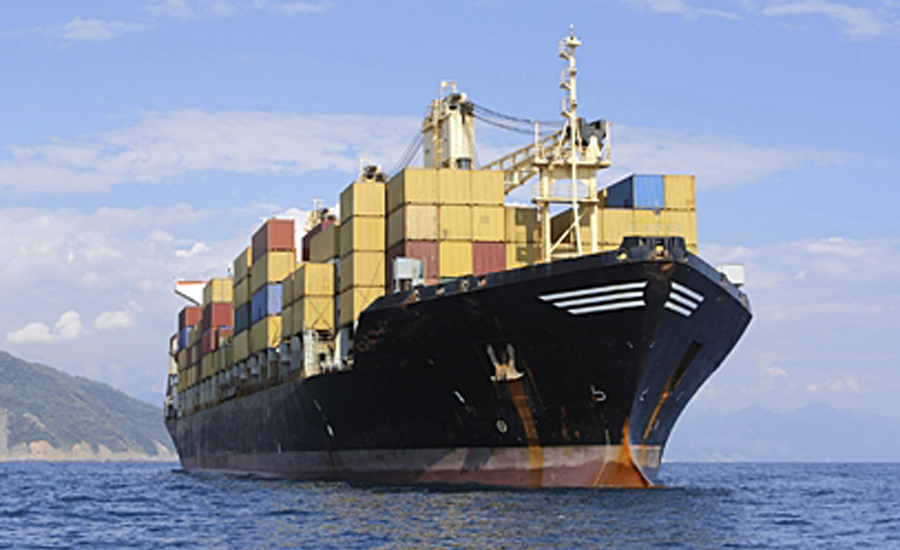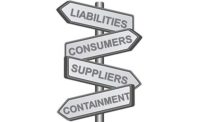In the “2016-2020 Port Planned Infrastructure Investment Survey,” the American Association of Port Authorities (AAPA), Alexandria, Va., asked its U.S. member ports how much they and their private-sector partners plan to spend on port-related freight and passenger infrastructure over the next five years. The answer was a whopping $154.8 billion.
AAPA then contrasted that number with what it believes is the “best-case” scenario for investments by the federal government into U.S. ports, including land- and water-side connections, through 2020. The answer was just $24.825 billion.
The vast difference between the two investment numbers poses tangible concerns, particularly considering the need to increase government investments in America’s federal navigation channels and the “first-and-last mile” connections with ports, according to Kurt Nagle, AAPA president and CEO.
“Infrastructure investments in America’s seaports and their intermodal connections – both on the land and in the water – are in our nation’s best interest because they provide opportunities to bolster our economy, create and sustain jobs, enhance our international competitiveness and pay annual dividends through the generation of more than $321 billion in federal, state and local tax revenue,” says Nagle. “From a jobs standpoint, goods moved through America’s seaports in 2014 supported employment of more than 23 million U.S. workers, up from 13.3 million in 2007.”
The U.S. Bureau of Economic Analysis, Washington, D.C., formulas show that investing nearly $155 billion in capital projects at U.S. ports would create about 1.6 million direct, indirect and induced domestic jobs, accounting for approximately 3.3 billion person-hours of work over the period of the investment, says economist John Martin, president of Martin Associates, Lancaster, Pa.
“Those are really significant job numbers,” adds Martin. “In 2014, the U.S. coastal ports also generated $4.6 trillion dollars for the U.S. economy, about 26% of the U.S. Gross Domestic Product. From a dollars-and-cents perspective, it’s hard to over-emphasize the value of investing in ports, particularly when you factor in how much these investments contribute to our overall economic prosperity and help lower the cost of imports and make our exports more competitive overseas.”
The combined $155 billion, 5-year investment that U.S. ports and their private sector partners are planning represents a more than three-fold increase over the combined $46 billion figure obtained from the same survey five years ago. The biggest project investments will be in ports along the U.S. Gulf Coast, where many new energy processing, production and transfer facilities are being planned.
When reviewing the anticipated 5-year federal investment in port-related infrastructure, AAPA found that while there’s been progress, the federal government has historically under-invested in the nation’s goods movement system. America’s road transportation network, for example, was only ranked 16th in The World Economic Forum’s Global Competitiveness Report for 2014-15, while federal navigation channels aren’t being adequately maintained at their originally-constructed depths and widths.
“AAPA applauds enactment of the FAST Act surface transportation bill at the end of 2015 that authorized $11 billion in new funding for land-side freight improvements through 2020. While that was a major positive step, additional investments are needed to effectively handle the nation’s burgeoning freight volumes,” adds Nagle.
According to the American Society of Civil Engineers’ (ASCE) "2012 Failure to Act" report, by 2020 there will be a $15.8 billion investment gap between expected annual federal funding on goods movement infrastructure and what’s needed to effectively maintain the system. In that report, ASCE estimated the cost of deficient and deteriorating highways to American businesses will have grown ten-fold between 2010 and 2020, to $276 billion. Similarly by 2020, shallow, narrow navigation channels will result in a $9.3 billion annual trade loss to U.S. businesses from the inability of most ports to accommodate today’s larger ships.
“The take-away from this survey is that we must have increased and sustainable funding at and on both sides of our ports,” says Nagle. “There’s still a lot of work to be done, but the investments that we make today in our ports will pay off for generations to come.”


